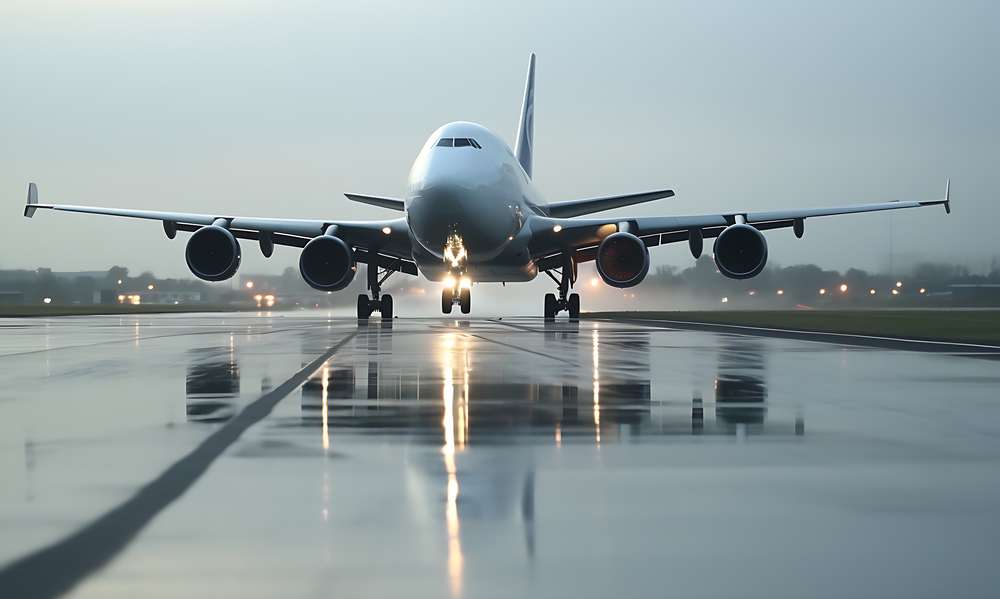Qatar Airways and Qantas have long struggled to be the airline with the longest flight in the world. However, Singapore Airlines has recently joined the market for very long-distance flights.
The Asian company had recently offered the longest non-stop flight in the world, connecting the cities of Singapore and Newark (New Jersey) on a trip of just over 17 hours, and previously this record was held by Qatar Airways, with its 17.5 hour flight linking Auckland (New Zealand) and Doha (Qatar). Another airline that bets on this type of flights is the Australian company Qantas. Until now, its longest route without stops was the Perth (Australia) -Londres route, which runs in 17 hours.
This “war” is still standing, and Singapore Airlines has lost the honor of being the company with the longest flight in the world without stops. A few months ago, a Boeing 787-9 Dreamliner took off from New York to Sydney, operated by the Qantas Airways. This route traveled just over 16,000 kilometers and 15 time zones in about 20 hours.
Anyway, this flight was a test for physical and emotional tests on board. The crew were about 50 scientists and medical researchers, and the objective of the flight was to investigate the effects of the jet lag, to find mechanisms that can counteract the effects of the time mismatches that cause such long trips.
In fact, according to the Bloomberg agency, which quotes BIS Healthcare, a company specializing in new health technologies, the demand for jet lag therapies grows 6% every year and this industry will reach 732 million dollars in 2023.
In these types of flights, there are many people who question the role of pilots.
Although technological advances could lead us to believe that even large airplanes are already driven alone and that we could do without humans to take them to a good airport, there are many tasks entrusted to pilots during a long trip in order to ensure the best flight to the passengers.
Apart from the more or less conventional operations inherent in any flight regardless of their duration, on a long-distance route flight planning is essential.
Since these are routes where large capacity and consumption airplanes are used, the volume of fuel at the beginning of the flight is an important load factor that involves staggering the ascent to the desired flight level taking into account consumption, and therefore the “lightening” that the plane will experience with the passing of the hours.
Meteorology and those known as “jet streams” – air flows in the upper atmospheric layers with speeds of up to 250 km per hour – also influence. In fact, the map of the situation of these jet streams is published daily in order to establish the most favorable routes also based on this phenomenon. Flying in favor of the jet stream and within it can shorten a New York-Barcelona in more than an hour and a half.
The pilots are also those who, in case of emergency, either due to mechanical problems or due to the indisposition of a passenger, can determine the procedure to follow and the safety measures to adopt.
Among the multiple tasks carried out on board by the pilots during the flight, there are also the monitoring of the systems, the monitoring of the route or the radio communications with the different traffic control centers (ATC) of the different Information Regions of Flight (FIR / UIR) that they cross.
The large workload that an intercontinental flight of long or very long distance entails implies that in these flights two or three complete crews are required, in order to guarantee at all times that the flight is within the legal parameters of labor activity, to in order to avoid the risks that the air operation with fatigued crews would entail.
